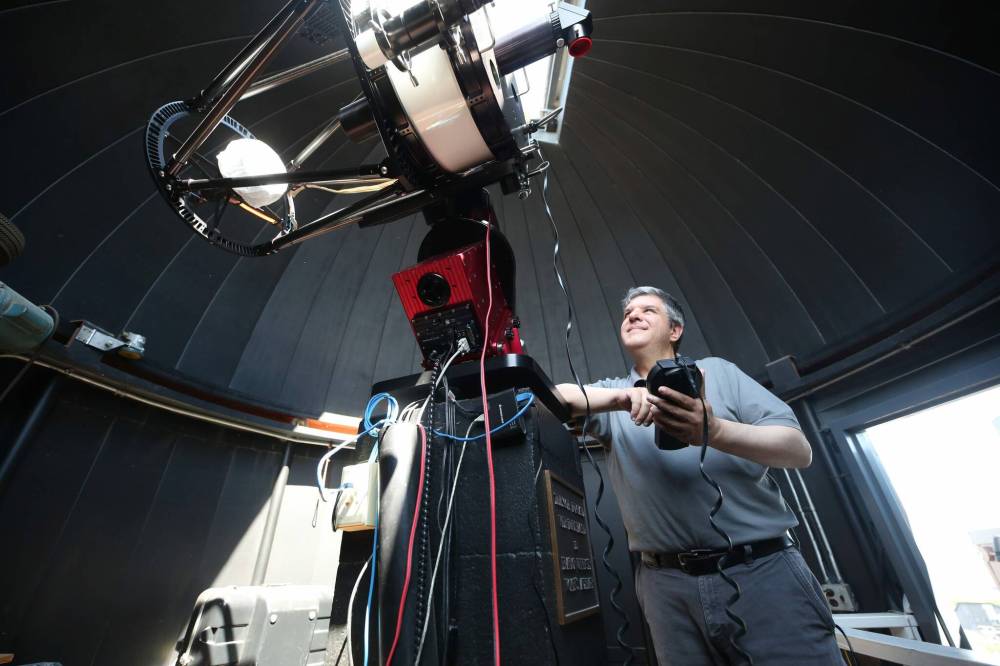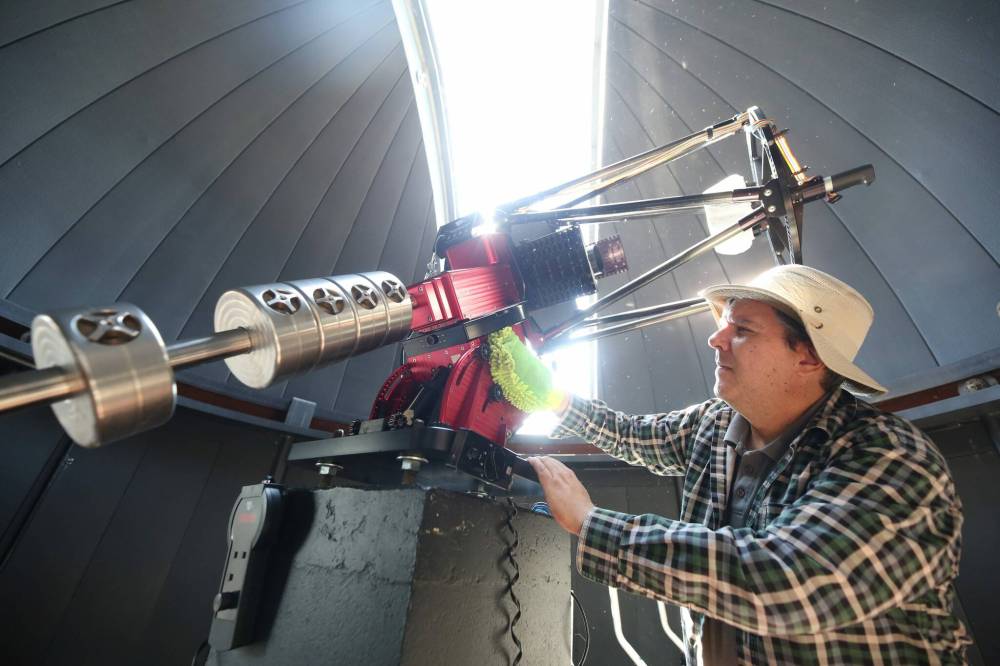Stargazing in the dog days of summer
Advertisement
Read this article for free:
or
Already have an account? Log in here »
We need your support!
Local journalism needs your support!
As we navigate through unprecedented times, our journalists are working harder than ever to bring you the latest local updates to keep you safe and informed.
Now, more than ever, we need your support.
Starting at $15.99 plus taxes every four weeks you can access your Brandon Sun online and full access to all content as it appears on our website.
Subscribe Nowor call circulation directly at (204) 727-0527.
Your pledge helps to ensure we provide the news that matters most to your community!
To continue reading, please subscribe:
Add Brandon Sun access to your Winnipeg Free Press subscription for only
$1 for the first 4 weeks*
*$1 will be added to your next bill. After your 4 weeks access is complete your rate will increase by $4.99 a X percent off the regular rate.
Read unlimited articles for free today:
or
Already have an account? Log in here »
Is it hot enough for you? Are you out watering the garden twice a day? Could you fry an egg on the hood of your car? Is your pooch’s tongue lolling out of his mouth while he snoozes in the shade?
Welcome to the dog days of summer. And by the way, that part about your dog sleeping in the shade has nothing to do with the expression “dog days.” It’s more “astro-mythological.”
The moniker “dog days” is associated with the dog star, Sirius (a.k.a. Alpha Canis Majoris) and is the brightest star (not counting the sun) in the sky. It’s found in the constellation Canis Major (Greater Dog) which is sometimes said to represent one of the constellation Orion’s hunting dogs. Sirius is a daytime star at this time of year, so while you can’t actually see it, it really is up there.

Prof. Tyler Foster with Brandon University’s Department of Physics and Astronomy operates the BU Observatory telescope, found at the top of the John R. Brodie Science Centre on Wednesday morning. (Matt Goerzen/The Brandon Sun)
You can take Tyler Foster’s word for it.
Foster, who is a professor in the Department of Physics and Astronomy at Brandon University, explains that Sirius is actually considered a ‘winter object.’
“There’s a certain period when the sun is up in the sky at the same time Sirius is. Of course, you don’t see stars during the day because the sun is so bright, so we cease to see Sirius for a period of a few months in the summer,” he says.
“The point where it rises in the horizon before the sun is called the ‘heliacal rising’ of Sirius.”
Eventually, as Sirius makes its way across the sky, it comes back to being a night time star.
“Sometime around mid- to late September, if you get up before the sun rises and look to the east part of the sky, you’ll see Sirius, the brightest star in the sky. It’s extremely bright and it will be coming up over the eastern horizon before the sunrise,” he says.
“You’ve probably seen Sirius already if you’ve seen constellation Orion in the sky during the winter.”
In the winter, you find Sirius by looking for Orion’s belt stars and follow them down and to the left. You will see Sirius shining brightly.
So then why do we associate Sirius, a winter-visible star with the dog days of summer?
A brief history lesson is in order.
The “dog days,” which this year are July 3 to August 11, are generally the stickiest, most humid, hottest days of the season. This is the same time of year that Sirius rises with the sun – which is why we can’t see it. The ancients, the Greeks and Romans, tracking the pathways of the stars, knew this. They pegged these sometimes wretchedly hot days as times of drought, bad luck, general unrest and other irritations such as losing your ice cream off the top of your cone. This misery occurred at the same time as Sirius would seem to be closest to the sun, thus “adding” to the heat of the sun. So, the dog star (Sirius), plus heat, plus ice cream on your shoe, equals dog days.
Foster says that while we can’t see Sirius right now, there are some other sights that are visible in the summer night sky. The moon, as always, will continue through its phases and is always something to follow.

Prof. Tyler Foster with Brandon University’s Department of Physics and Astronomy cleans the BU Observatory telescope at the top of the John R. Brodie Science Centre on Wednesday morning. (Matt Goerzen/The Brandon Sun)
He points to the three brightest constellations in the summer sky: Lyra (the Harp) with its great star Vega, Cygnus (the Swan) and its star Deneb, and Aquila (the Eagle) and its bright star Altair.
“Those three constellations have three bright stars in them, and those three stars are very visible. They’re directly above you. They form a giant triangle with the stars at each of the corners. It’s called the Summer Triangle,” he says.
A good pair of binoculars are excellent for night sky observation, especially for beginners.
“It’s nice to tour around in the dark sky with your binoculars in the constellation of Cygnus the Swan, because that’s where the Milky Way, our Galaxy, is very bright in that region. If you just scan through you can see thousands and thousands of stars and you can get an idea of where the name Milky Way came from because there’s so many unresolved stars in the region of Cygnus. It looks like the sky has this milky glow,” he says.
Stargazing apps can also help you seek and identify night sky phenomena. Foster uses Stellarium which is available for both android and iOS and says he finds it to be very accurate.
Come fall, after the dog days have ended and the days get shorter, the monthly, free of charge, public nights should be back in full swing at Brandon University’s Gulliver Astronomical Observatory. Currently, the observatory has a facebook page called ‘BU Astronomical Observatory,’ although it might be renamed at a later date.
Meanwhile, for the rest of the dog days, grab some binoculars, put your ice cream in a bowl … and keep your eyes on the skies.
» wendyjbking@gmail.com
